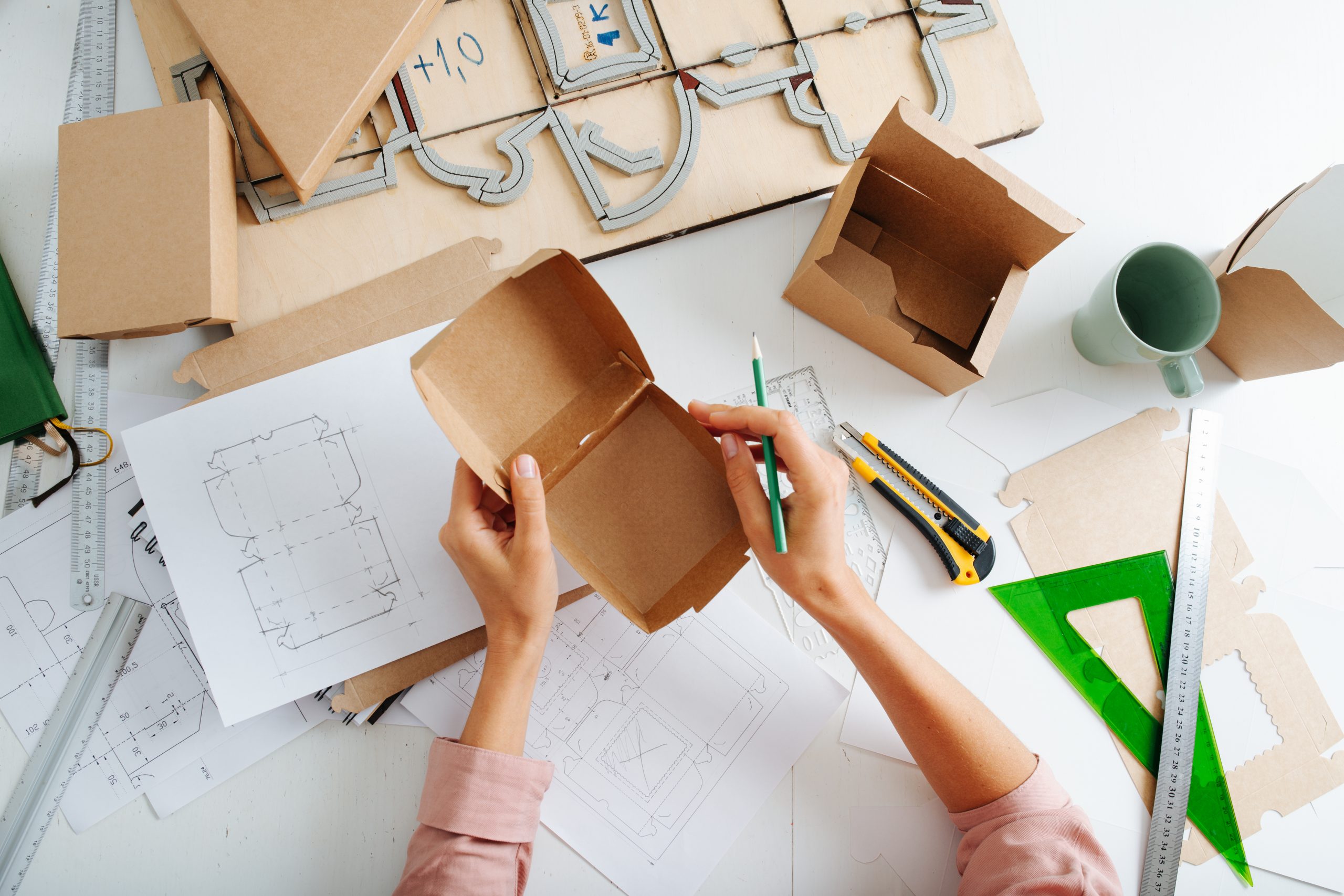Table Of Contents
Non-biodegradable stuff in households and commercial places poses a significant threat to the environment and human health. They are difficult to break down and decay and will usually pollute the landfills and secrete substances, such as carbon dioxide. These substances detriments people’s health. Pollution also impacts global warming, which is becoming a severe issue.
Due to these linked causes and effects, many businesses and industries switch to greener business practices. Food businesses, restaurant owners, and managers usually find and use alternative food packaging that won’t harm the planet. Since many people are aware of climate change, consumers patronize food businesses that use eco-friendly measure such as carbonclick.com footprint calculator and utilize eco-friendly food packaging options.
Hence, you could join and use eco-friendly custom food packaging as it becomes a standard in the industry. To give you some ideas, read more for some green food packaging solutions to start with.
1. Bamboo Food Packaging
One way to stand out from the competition is to use eco-friendly food packaging and make it unique. In addition to being biodegradable, bamboo is durable and heat-resistant, making it an ideal material for food packaging. Bamboo could be locally sourced, depending on your region or city’s supply.
You could incorporate bamboo into your food packaging in many ways. For instance, some bamboo-containing food packaging products include jars with bamboo lids for countertop use, portable lunch boxes with bamboo lids, bamboo bread boxes, and bamboo bowls. All these can be reused, and your customers will feel guilt-free using and buying them from your establishment. However, these plant fiber-based food containers are usually less durable than glass and stainless steel and are more prone to wear and tear.
2. Takeout Boxes
Takeout boxes eliminate the need for bags. While some restaurants go green using containers instead of plastic, they still need to place the boxes into the plastic for easy carrying. Food packaging affects your marketing strategies, so it’s essential to use the most convenient packaging for customers. Boxes usually don’t come with handles, making them hard for customers to handle.
Although with takeout boxes, paperboard construction and carrying handle enhance the durability of these boxes. This allows you to reduce the number of disposable items you need to prepare with your takeout order.
A variety of closure styles are available on these boxes to best suit your needs. You could choose from several colors, patterns, and sizes available to choose from so they can fit your food offerings and brand. When selecting a takeout box, go for a sturdier material that’s grease-resistant, breathable, and compostable.

3. Reusable Polypropylene Food Containers
Many food businesses can benefit from reusing polypropylene takeout containers to reduce disposable costs and waste. Household owners usually reuse these containers for personal use at home. While they already add to the overall cost of your food, your customers will feel secure with the packaging and be able to reuse them at home.
Restaurants that wish to implement a loyalty or conscious consumer rewards program can also benefit from these. You can offer a discount to customers who bring their container to save on the packaging cost. This strategy works best in cafeterias and restaurants near offices, as they usually have regular and loyal customers.
4. Glass Containers
The benefits of using glass for daily life are numerous. Glass is a material that’s versatile, elegant, and multi-purpose. They also fit as an alternative food packaging. Besides being reusable, recyclable, and durable, they can also be easily cleaned and used as transportable food containers. You could use them for drinks and beverages, smoothies, and fresh foods.
Whether you’re selling yogurt, fresh drinks, and other liquid foods, you can make use of this sustainable packaging. Glass can be reused over and over again as long as you clean and wash them well. In case you break them, they can still be recycled so they won’t impact the environment as much as plastics. However, people still need to learn the dos and don’ts of recycling takeout containers to ensure safety and health.
5. Sugarcane Containers
Bagasse is made from the residue left over after sugarcane has been extracted. This is another plant-based alternative food packaging material. These containers are eco-friendly and use less energy than plastics to manufacture using fibers and pulp. They appeal most to environmentalists and green advocates. Your customers will patronize and respect your business for being sustainable and friendly to the environment.
Sugarcane containers are perfect for both hot and cold food content. They can handle grease well and are biodegradable too. It’s best to go for the unbleached design to emphasize organic material.
6. Kraft Paper Containers
Eco-friendly, recyclable poly-coated paper containers are made from renewable resources, including kraft paper. This is another alternative for your food packaging in your coffee shop or restaurant. Featuring a poly coating for added durability, these pouches can be used both warm and cold to package various foods. They don’t leak easily and can be strong enough to hold some liquids in your food.
To retain its natural and environmentally friendly aesthetic, use kraft paper containers in their original form and color. These materials are recyclable and contain recycled materials.
Conclusion
Chemically-based food packaging contaminates the environment and can cause many health problems. It’s time to leap into using sustainable materials for your food business. With the food packaging alternatives mentioned above, you’ll be able to implement an eco-friendly business practice, earn the hearts of many consumers, and be able to contribute lesser negative impacts to the planet.






